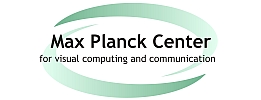| Foto | First Name | Last Name | Position |
|---|---|---|---|
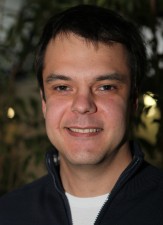 |
Mykhaylo | Andriluka | People Detection and Tracking |
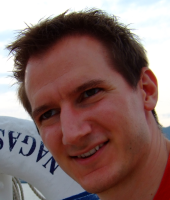 |
Roland | Angst | Vision, Geometry, and Computational Perception |
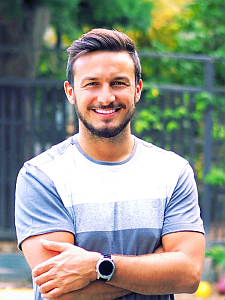 |
Tamay | Aykut | |
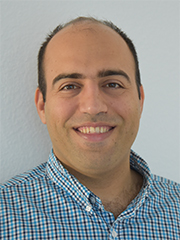 |
Vahid | Babaei | |
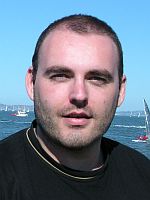 |
Pierpaolo | Baccichet | Distributed Media Systems |
 |
Volker | Blanz | Learning-Based Modeling of Objects |
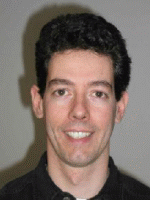 |
Volker | Blanz | Learning-Based Modeling of Objects |
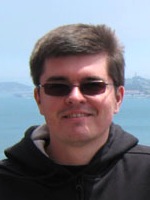 |
Martin | Bokeloh | Inverse Procedural Modeling |
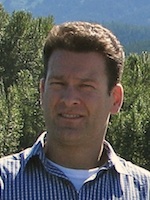 |
Adrian | Butscher | Geometry Processing and Discrete Differential Geometry |
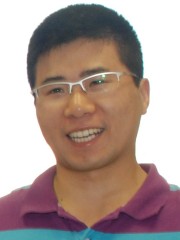 |
Renjie | Chen | Images and Geometry |
Researcher
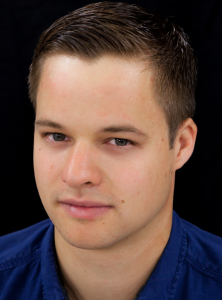 |
Dr. Michael Zollhöfer |
Visual Computing, Deep Learning and Optimization
| Name of Research Group: | Visual Computing, Deep Learning and Optimization |
| Homepage Research Group: | web.stanford.edu/~zollhoef |
| Personal Homepage: | zollhoefer.com |
| Mentor Saarbrücken: | Hans-Peter Seidel |
| Mentor Stanford: | Pat Hanrahan |
| Research Mission: | The primary focus of my research is to teach computers to reconstruct and analyze our world at frame rate based on visual input. The extracted knowledge is the foundation for a broad range of applications not only in visual effects, computer animation, autonomous driving and man-machine interaction, but is also essential in other related fields such as medicine and biomechanics. Especially, with the increasing popularity of virtual, augmented and mixed reality, there comes a rising demand for real-time low latency solutions to the underlying core problems. My research tackles these challenges based on novel mathematical models and algorithms that enable computers to first reconstruct and subsequently analyze our world. The main focus is on fast and robust algorithms that approach the underlying reconstruction and machine learning problems for static as well as dynamic scenes. To this end, I develop key technology to invert the image formation models of computer graphics based on data-parallel optimization and state-of-the-art deep learning techniques. The extraction of 3D and 4D information from visual data is highly challenging and under-constraint, since image formation convolves multiple physical dimensions into flat color measurements. 3D and 4D reconstruction at real-time rates poses additional challenges, since it involves the solution of unique challenges at the intersection of multiple important research fields, namely computer graphics, computer vision, machine learning, optimization, and high-performance computing. However, a solution to these problems provides strong cues for the extraction of higher-order semantic knowledge. It is incredibly important to solve the underlying core problems, since this will have high impact in multiple important research fields and provide key technological insights that have the potential to transform the visual computing industry. In summer 2019 Michael Zollhöfer joined Facebook. |
Researcher
- Name of Researcher
- Mike Sips
- Homepage of Research Group
- First Name
- Mike
- Last Name
- Sips
- Foto

- url_foto
- Homepage
- Phone
- Position
- Visual Exploration of Space-Time Pattern in Multi-Dimensional and Heterogeneous Data Spaces
- Mentor in Saarbruecken
- Mentor in Stanford
- Categories
- Former Groups
- Research Mission
- In many application scenarios data is collected and referenced by its geo-spatial location at a certain point in time (time-stamp). The analysis of such data sets is an important task, since for decision makers, analysts or emergency response teams it is often essential to rapidly extract relevant information from the flood of data. In emergency management, for example, GPS-navigation plays an important role to provide effective coordination for various organizations to enable more efficient emergency assistant. Therefore, the GPS information from selected vehicles is collected which results in large and complex databases. A research challenge on the one hand is to find efficient methods to handle such massive information flows and on the other hand to provide visualizations that fuse this information together. The aim is to allow analysts to identify space and time patterns and to provide efficient visual awareness and coordinated help in emergency cases. In the described examples the collected data typically results in large and heterogeneous data sets with geo-spatial information, time stamps, pictures, text and other information. The visual analysis of these massive volumes of data is a challenge for existing visualization techniques. Space-time-patterns can be seen as a series of multivariate profiles. The difficulty is to provide effective visual awareness in multi-dimensional heterogeneous data spaces that represents the available recourses or products as well as different kinds of events and alerts. Effective visual awareness is based on the perception of objects in an environment with a volume of space and time, the comprehension of their meaning, and the projection of their status in the near future. In our research we study the following questions about space-time pattern: How to adequately analyze changing events in time over a geo-spatial context? How to enable intelligent situational awareness? How to automatically include heterogeneous data from multiple sources (numerical data, text, images, gps-data, network logs) into the visual data exploration process?
- mission_rtf
- Name of Research Group
Personal Info
- Photo

- Website, Blog or Social Media Link
